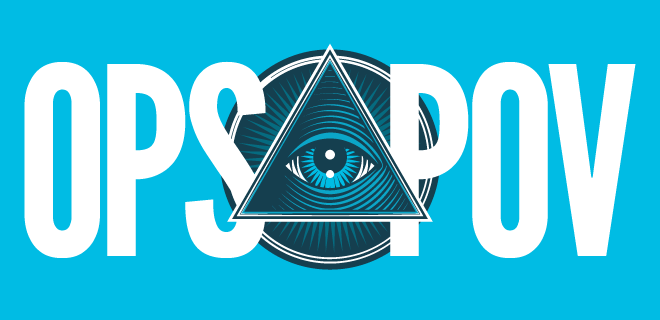
For years, online discovery was shaped by familiar gatekeepers: search engines, social platforms, and apps. But that model is shifting.
Large language models (LLMs) like ChatGPT, Claude, and Gemini have introduced a new interface where multi-step searching becomes a single conversation. If search engines helped people find, these systems now help them do, reshaping how content is discovered, consumed, and monetized.
When people use LLMs, they aren’t necessarily looking for links, but for results. They want an answer, a recommendation, a draft, or a plan. That’s why we’re seeing people migrate from traditional search to LLMs in categories like writing and editing, learning and tutoring, trip planning, recipes, and even business analysis.
You could say search engines help you find information, but LLMs help you get things done. This subtle shift is what makes them powerful new “audience gatekeepers.”
In the past, users entered the web through Google or social platforms. Now, many are entering through a single AI interface that can deliver personalized results without needing to visit multiple sites.
It’s not hard to imagine how this could evolve into an operating system for daily life—a single place where discovery, interaction, and even transaction happen.
The Changing Economics of Attention
Advertising has always followed attention. Whether that attention lives on a search results page, a social feed, or a connected TV screen, marketers adapt to where people spend their time.
When we think about advertising, there are two motions: push and pull. Push is when we bring ads to the content people are already consuming — as in display or video environments. Pull is when users search for something, and we deliver the most relevant result — the logic behind search advertising.
As users spend more time inside AI tools, the pull environment is changing. But push environments, where people engage with content directly, remain strong. The balance between the two will shift, but advertising itself isn’t going anywhere. As long as people consume content, there will be opportunities for advertisers to connect with them. What’s changing is how that connection happens.
If SEO helped brands rank on Google, AI optimization (AEO) is about earning visibility inside language models. Because LLMs rely on ever-changing yet delayed data, content velocity (how often you update) matters more than ever. There’s no universal playbook, and each model behaves differently, so testing is essential. As in the early days of SEO, the brands that experiment first will gain the advantage.
Ads Inside AI Interfaces
There’s another shift coming: advertising within AI environments.
It’s natural to ask how these tools will fund themselves. Only a few LLMs can sustain a subscription model at scale. The rest will need to monetize through ads.
Soon, advertisers will start testing ad placements in chatbot environments. The idea is to explore how brands can appear contextually within conversational interactions, not as interruptions, but as relevant recommendations.
As AI tools evolve, ads will become more conversational, more contextual, and more integrated into the experience. That will redefine what “relevance” means in advertising, and what it means to measure engagement.
Measurement and Experimentation in the AI Era
Despite all the changes, the core metric for advertising remains the same: revenue. Marketers spend money to drive sales. That won’t change.
What will change is how we attribute results. As LLMs begin to drive referral traffic, we’ll start measuring their contribution much like we’ve measured social or search. Over time, we’ll see more sophisticated tools for tracking performance within AI ecosystems, whether that’s click-through proxies, engagement scores, or brand recall metrics derived from AI sentiment.
But right now, we’re still in the learning phase. No one has a crystal ball. The best approach is to test constantly, experiment at a low cost, and double down when something works.
At StackAdapt, that’s been our guiding principle. We experiment quickly and often. Our customers trust us to solve complex problems, and that trust gives us the freedom to innovate. When we find something that brings measurable value, we integrate it into the platform so clients can act on it right away.
As LLMs continue to shape user behavior, marketers will need to rethink visibility, experimentation, and attribution. The next frontier of performance marketing won’t be about optimizing for search. It will be about optimizing for AI, and for the conversations that shape what users see, trust, and act on.